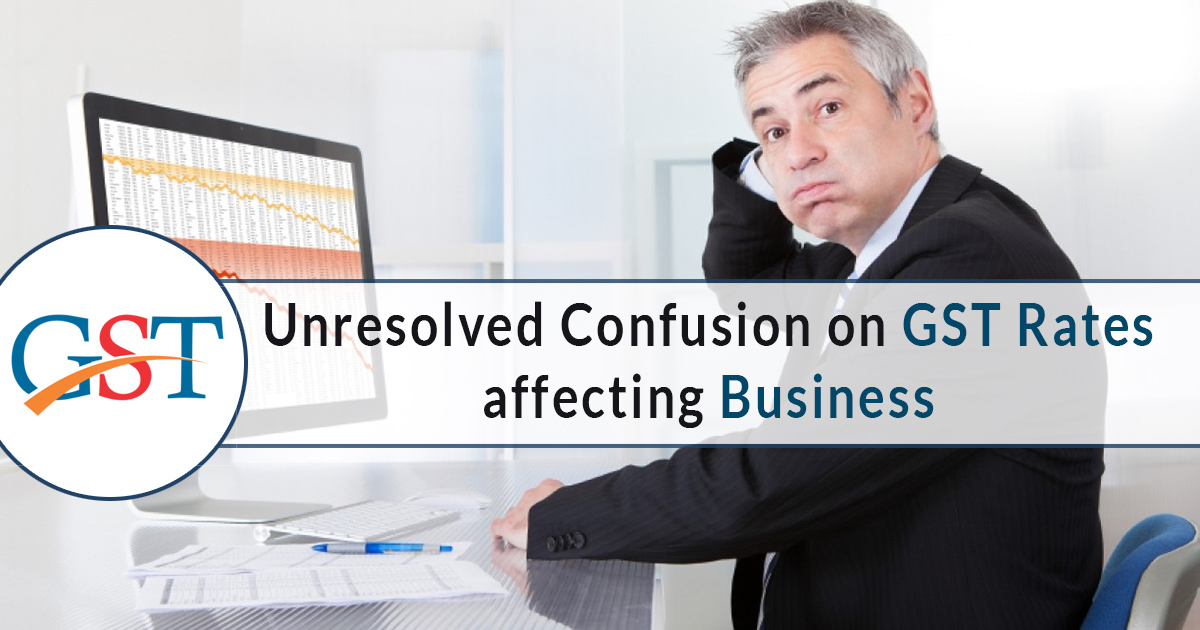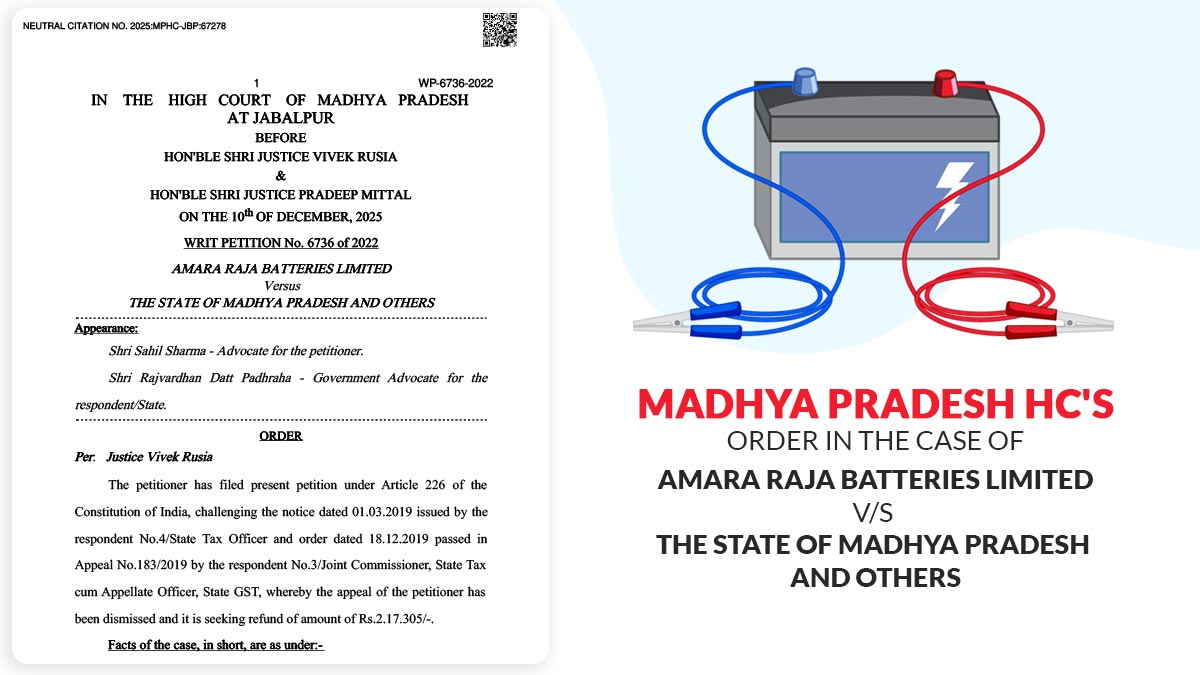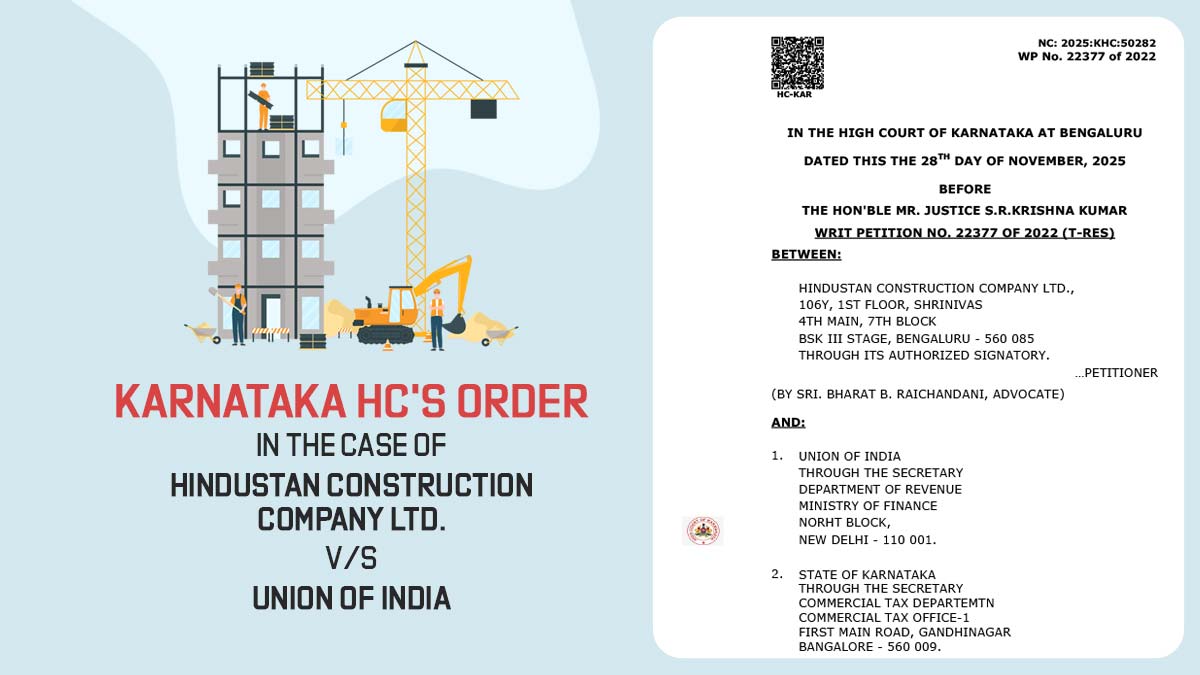It has almost been one month since GST was implemented in India, but many traders and companies continue to find it difficult to business in the post-GST regime. Many traders are still confused over the multiple rates of GST taxes. Nobody seems to know the right way to calculate GST rate and prices of the products after tax. Many traders have reported a decline in sales because of the complicated new tax system.
Traders have claimed that this confusion will lead to a negative impact on the economic growth of the country as well as on the revenue received by the government. Although GST was launched with the promise of one tax for the whole country, it actually has five different tax rates for different types of products. Now, many traders dealing in multiple goods are confused over the different GST rates to be charged on different items. The confusion is also about creating bills and invoices for such items with different tax rates.
For example, airlines companies have different service classes and GST rate has been kept different for each class. The prices of the services will have to be decided accordingly. The same problem is being faced by service providers like auto-repair shops where different services attract different GST rates.
Since most traders are still confused about GST rates, they are charging either lower or higher taxes than the specified rates. This is also happening with big firms like HP which is levying 18 per cent GST on laptops and desktops and 28 per cent tax on monitors and printers.
While most of the small businesses are still unaware of the workings of GST, even many large enterprises are yet to implement GST compliance software or mechanisms in their premises.










